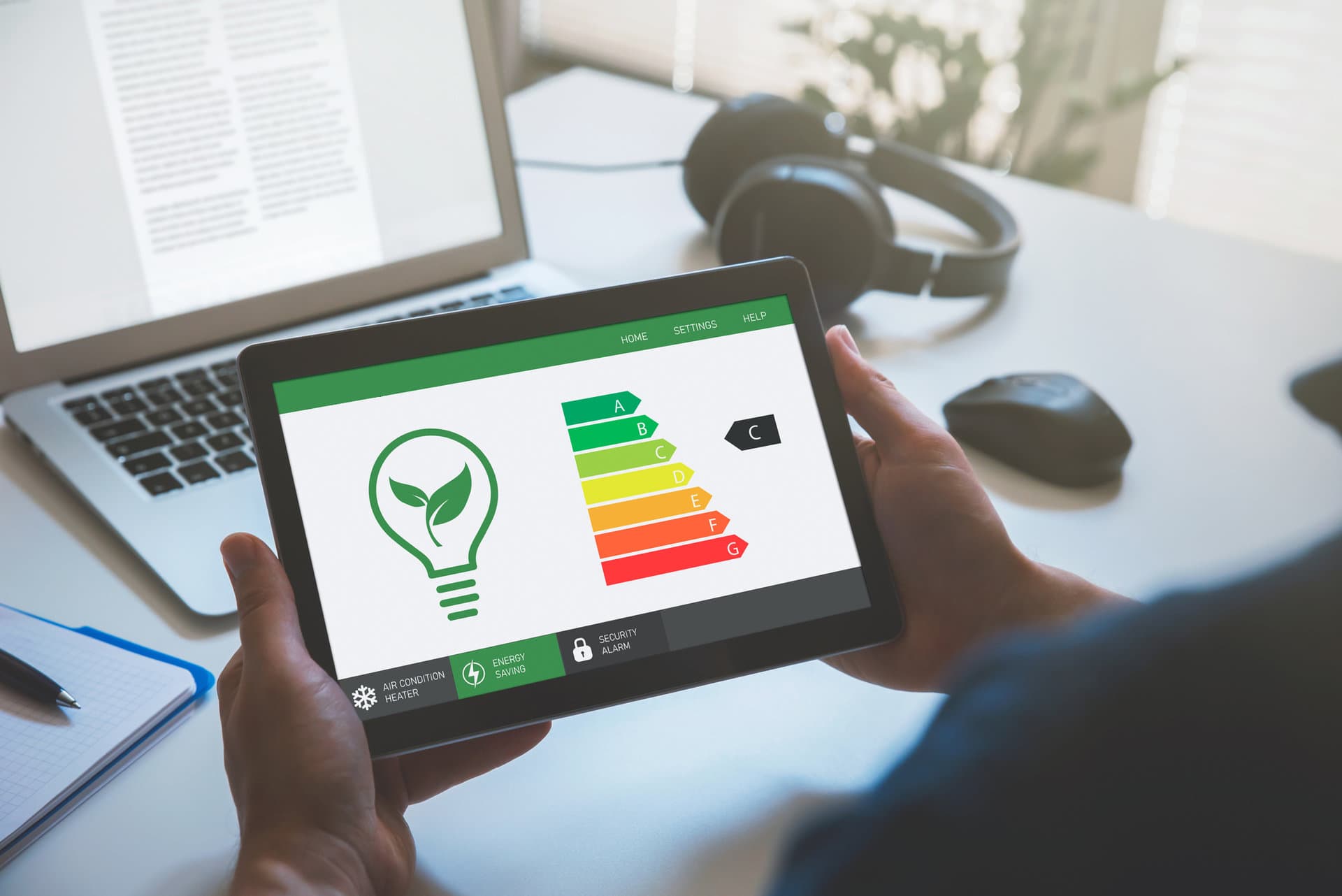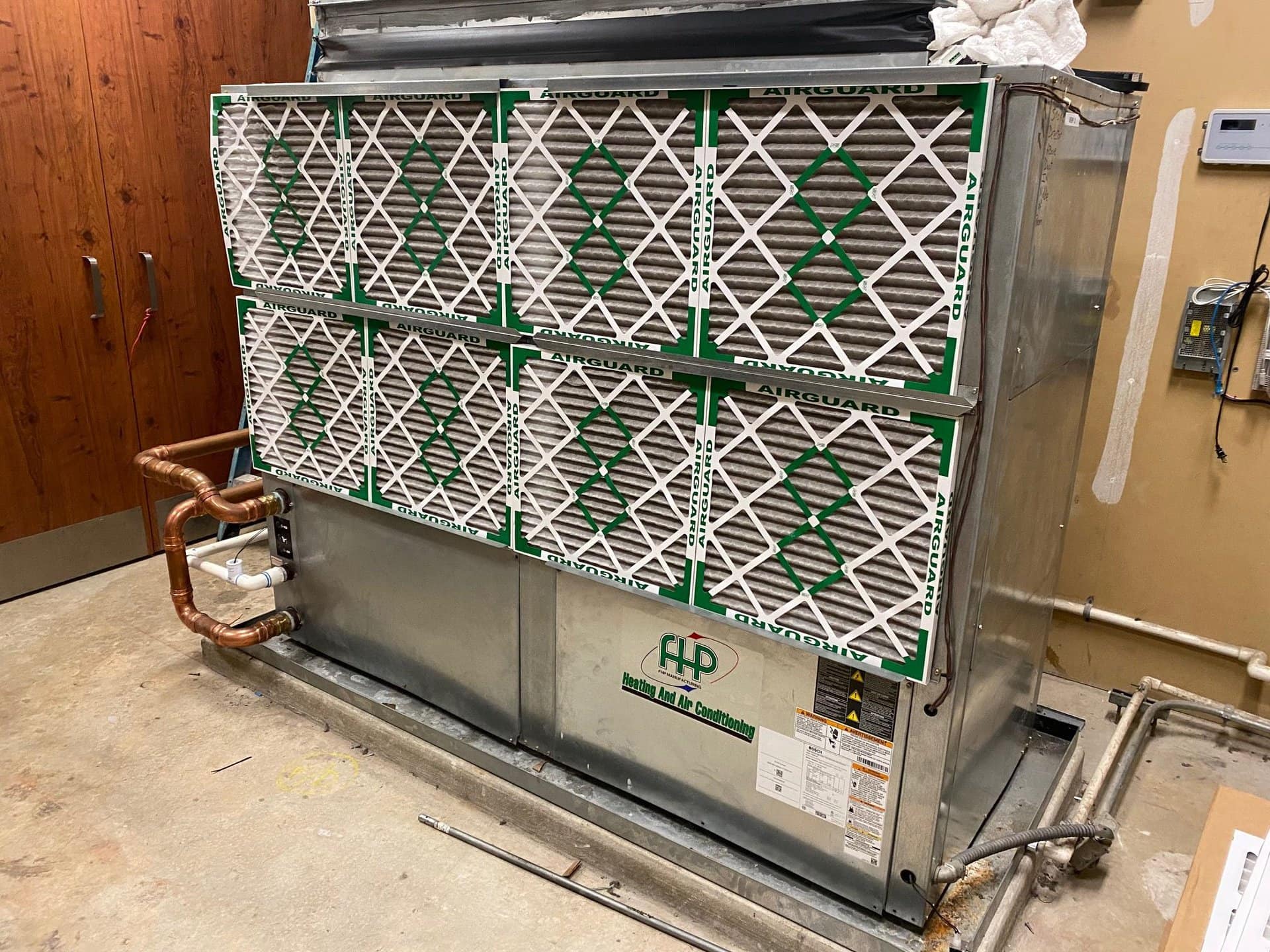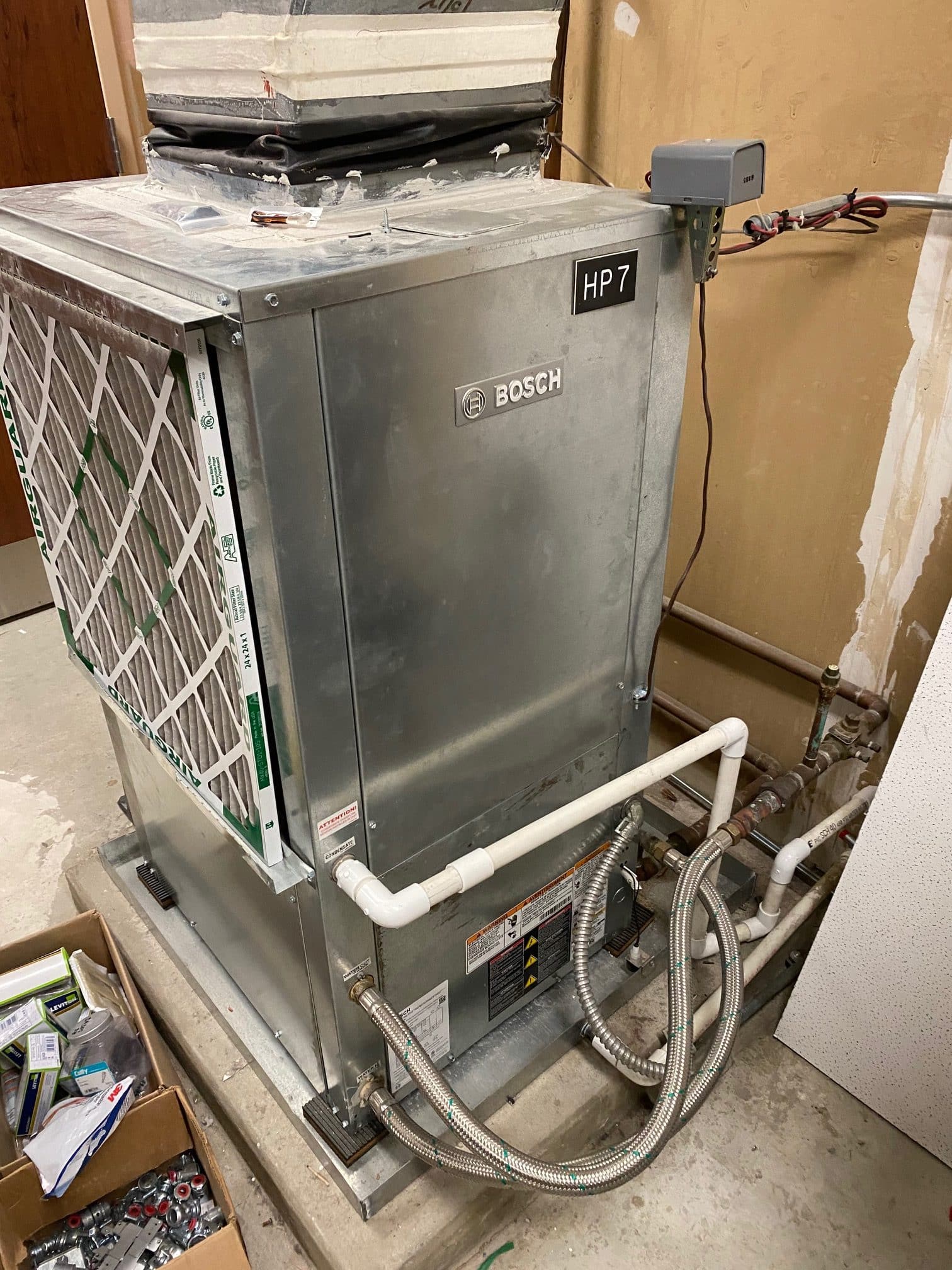By Katelyn Woodling, Manager of Product Management for Bosch Heating and Cooling North America

According to the U.S. Energy Information Administration, more than half of all energy used in U.S. homes is directly spent on only two items, heating, and air conditioning. That means creating a comfortable living space is actually creating a massive carbon footprint.
Builders, consumers, and legislators are seeking ways to cut carbon emissions to reduce the environmental impact. In recent years, there has arisen a proven, cost-effective technology that helps them meet their goals like nothing else – but what is so attractive is it actually works extremely efficiently to both heat and cool the places in which we live and work.
The answer is “heat pumps.”

Leveraging Legislation to Cut Carbon
Government bodies from the smallest local municipalities all the way up to the federal level are setting goals and enacting legislation and incentives to move towards electrification and embrace the adoption of heat pumps in America’s homes and buildings.
For example, the city council of Berkeley, CA, has passed a number of historic ordinances and Green Building Requirements. They include a prohibition on a natural gas infrastructure (no gas hookups) in new buildings of all types – houses, apartments, and commercial buildings with the requirement that new buildings be built all-electric from January 1, 2020.
The governor of Maine, Janet Mills, signed LD 1766, “An Act To Transform Maine’s Heat Pump Market To Advance Economic Security and Climate Objectives.” The 2019 bill established the goal of installing 100,000 heat pumps in Maine by 2025.
Upon signing the bill, Governor Mills said, “Heat pumps reduce Maine’s dependency on fossil fuels, stabilize energy costs, and support energy efficiency jobs which will attract young families and skilled workers to our state. By signing this legislation, we are taking another step forward in combating climate change, embracing a clean energy future, and diversifying Maine’s economy.”
Early last year, the Washington State Building Code Council (SBCC) voted to require the installation of heat pumps for new commercial and multi-family buildings such as apartments. Then, in the fall, the council voted to mandate heat pumps in all new residential home construction starting in July 2023.
While there are new legislations to cut carbon, the federal and state governments are also supporting electrification by providing generous incentives. Massachusetts (Mass Save) provides up to $10,000 to incentivize the homeowner to install heat pumps as the sole source of heating and cooling.
The federal government also released Inflation Reduction Act (IRA), which includes tax credit (25C), and energy efficiency programs like the High-Efficiency Electric Home Rebate Act (HEEHRA) and Home Energy Performance-Based Whole-House Rebates (HOMES) Program (Section 50121) to support a green future accessible to more homeowners.
Generous tax credits and rebates being offered by state and federal governments and local utilities will likely drive an exponential increase in the installation of heat pumps in the coming years.

Harnessing Energy from Earth, Air, and Water
The reason heat pumps represent the greenest strategy is that they strike a balance between the realities of modern life and the need to minimize our carbon footprint as much as possible immediately.
Traditional systems take the air from the outside and either heat it up by burning fossil fuels in a furnace (or boiler) or cool it down in an AC unit before distributing it throughout the home. The problem is the air outside a home can be anywhere from -20° Fahrenheit to over 110°. Bringing that air up or down to a comfortable temperature takes a lot of power.
Instead of burning natural gas or oil, heat pumps exchange heat energy from one place to another. A heat pump can loosely be thought of as a reversible air conditioner. In the summer, it moves the heat from the inside to the outside, functioning as an air conditioner. When it’s cold out, it reverses the refrigerant flow to absorb heat from the outside and bring it indoors.
There are a few kinds of heat pumps, but the main difference between them is whether they use air, water, or the ground to extract heat. The categories include ground-source and water-source (geothermal) heat pumps, as well as ducted (central) and ductless air-source heat pumps.
A typical water-source heat pump system, for example, consists of an indoor unit with a fan, air coil, compressor, and water coil. The heat pump is connected to a loop, which provides warm or cold water to the indoor unit. The heat pump uses refrigerant to transfer heat from the water source, either absorbing energy to heat the space or dispersing heat to cool the space. When cooling a space, warm air is drawn in across the air coil, where it is cooled and then distributed throughout the home or building. Conversely, when heating a space, cold air is drawn in across the air coil, where it is heated and then distributed.
An attractive aspect of water-source heat pumps is the flexibility of configurations and sizes, allowing them to be installed in several areas within a home or building. Configurations include split systems or single cabinet package systems, and sizes scale from ½- to 30-ton sizes. Various options, including capacity, voltage, water coil material, return air direction, and others, help ensure the right fit for the space.
There are two main types of water-source systems: water-to-water and water-to-air. Water-to-air systems heat and cool air for forced-air ducting systems. Water-to-water heat pumps are used to heat and cool water itself and can also provide space, pool, radiant floor heating, and snow melt for walkways and driveways. Water-source heat pumps can be equipped with a desuperheater, which is a secondary heat exchanger that enables the heat pump to heat domestic hot water.
Heat pump systems are typically easy to maintain, long-lasting, and, best of all, don’t rely on fossil fuels to function.

Katelyn Woodling is the Manager of Product Management for the Air Conditioning Business Unit for Bosch Thermotechnology North America. Katelyn leads the development of the product strategy and roadmap for air conditioning products and leads a team of product managers. Katelyn holds an undergraduate and master’s degree in Mechanical Engineering from Ohio State University and has worked for Bosch in varying roles over the last eight years.
